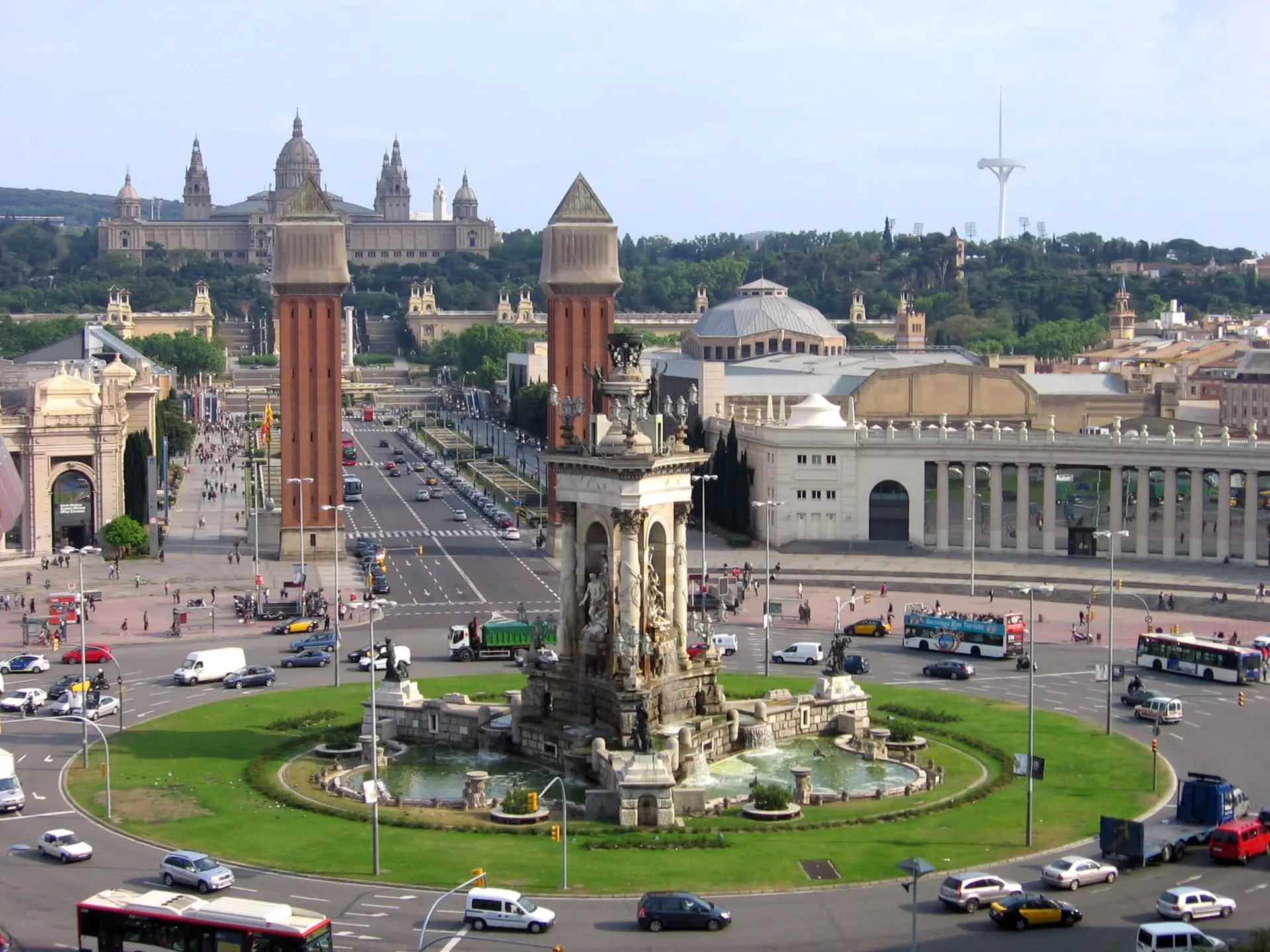Let's run an ultramarathon
Is it possible for a perfectly average middle-aged man to change his lifestyle and, in a short time, reach a level of physical performance he had never achieved before? Do we already have enough knowledge to shorten this journey? If experience has shown that a bacterial composition from runners is more effective in people with chronic illness, would it be even more helpful if this microbiome came from someone with extreme performance? Could we help those who want to exercise but cannot get started—and who want to change their lifestyle—by giving them a crutch: helping them build the bacterial matrix that extreme athletes have developed in their bodies over years?
He had no answers to even a fraction of these questions. He had personal experience in the treatment of chronic diseases. He had seen how drastic the differences could be between extracts from the same donor at different times. But for understandable ethical reasons, knowledge was expanding only slowly.
On his own, however, he could experiment—test what might be possible in, say, 300 days. Change his diet, reset his sleeping habits, repair his knees, train 1–2 hours a day at least five days a week and…run an ultramarathon. At 48, he could double his years: 96 kilometers. And he would use all the knowledge he had accumulated over time—managing himself as his own patient, testing his microbiome at set intervals, and at a certain stage of training attempting to survive and complete the distance with the help of a microbiome transfer designed by colleagues.
The new plan was to dope—completely legally. He would prepare, but not leave anything to chance: he would use his own bacteria to sustain himself while carrying out his idea.
He was no longer a long-distance runner and had never been an ultrarunner. But just as performance can be enhanced with EPO, he would try to improve it with microbiome transfer. The Tarragona–Barcelona distance is roughly 93–94 kilometers—more than a double marathon and about twice his age. After his previously months-long planned route had changed significantly in recent weeks, he wanted to find a challenge that would fit with the current situation.
There was little chance he could imagine this being accomplished. But that is what the ancient Persians did: if a horse didn’t run fast enough, they transplanted some horsepower from a better-performing competitor.
The details were still not worked out, but one thing was certain: he wanted to prepare only half as much as the literature recommends for such a distance, and attempt to cover the rest with the help of science and colleagues—by June 15, 2024 at the latest. Exactly 300 days from August 20. Crazy, no doubt…


